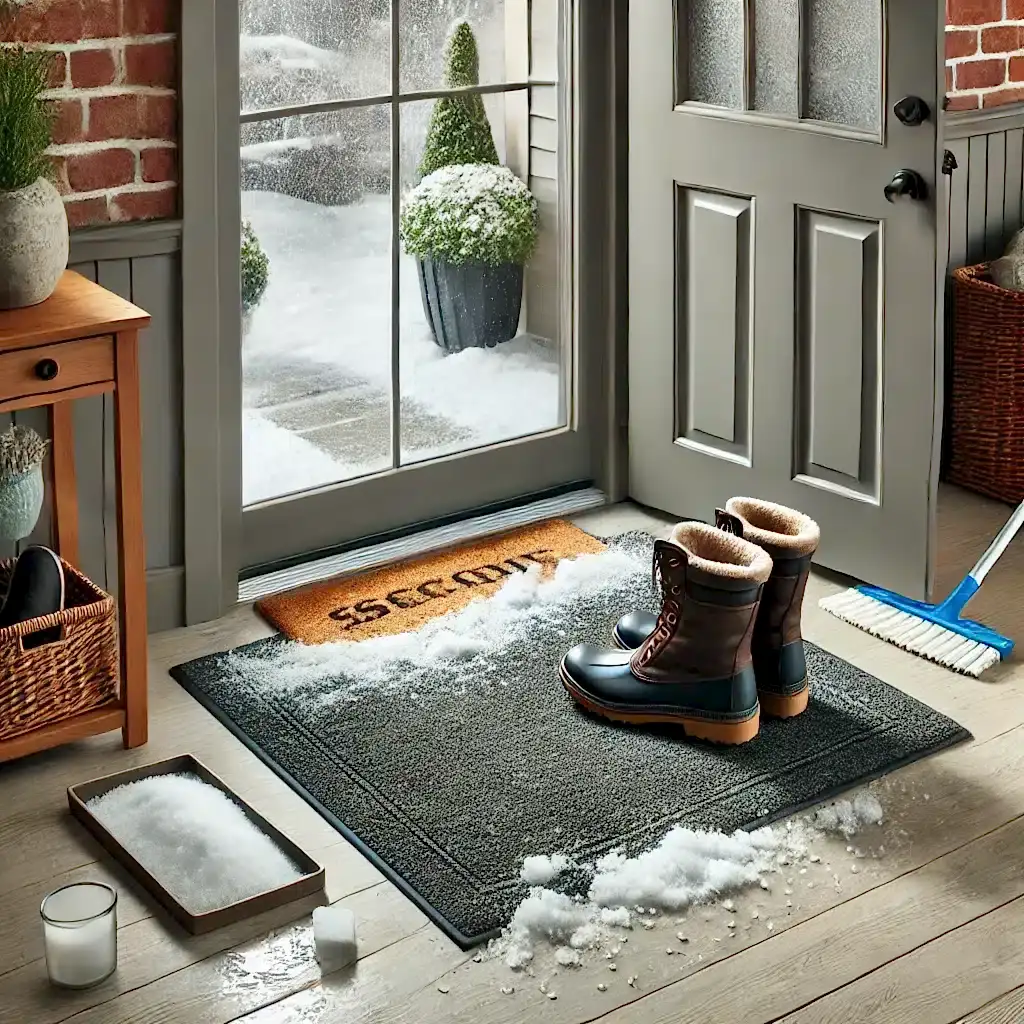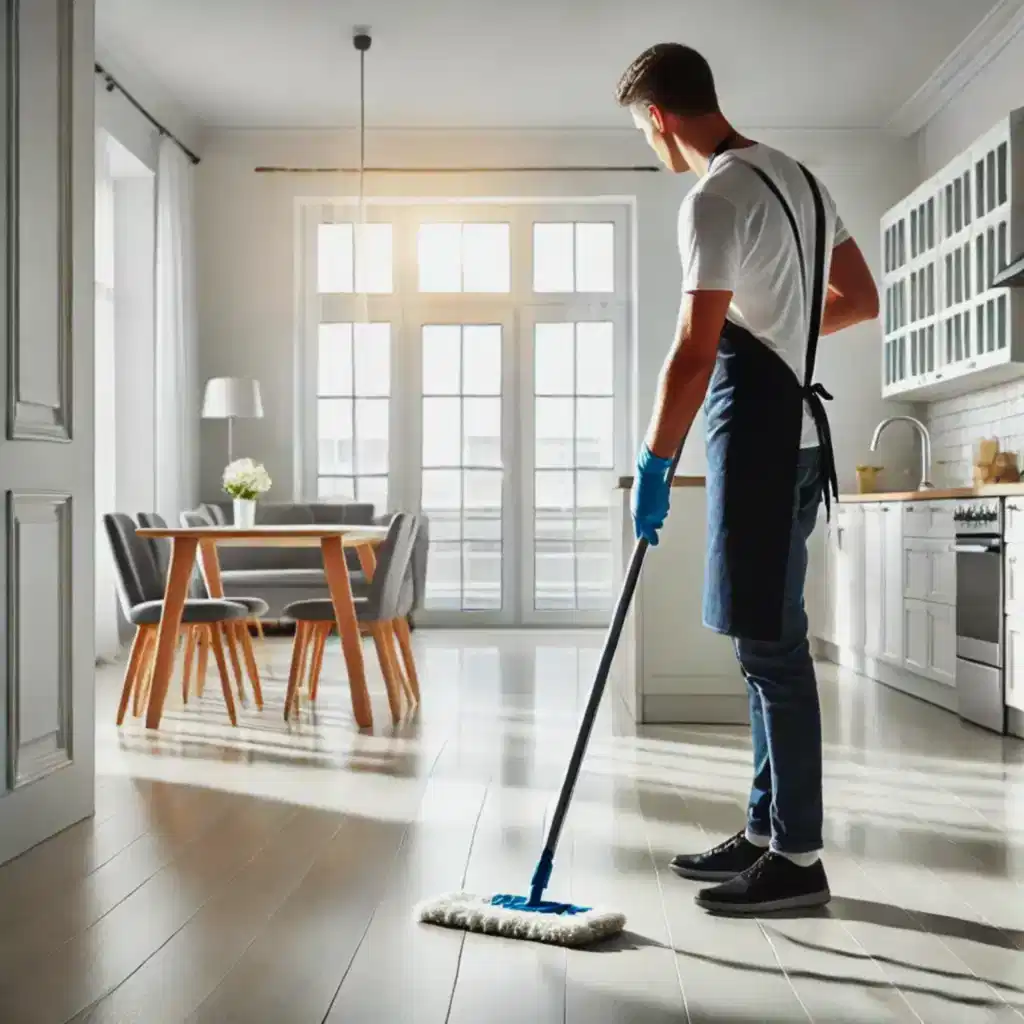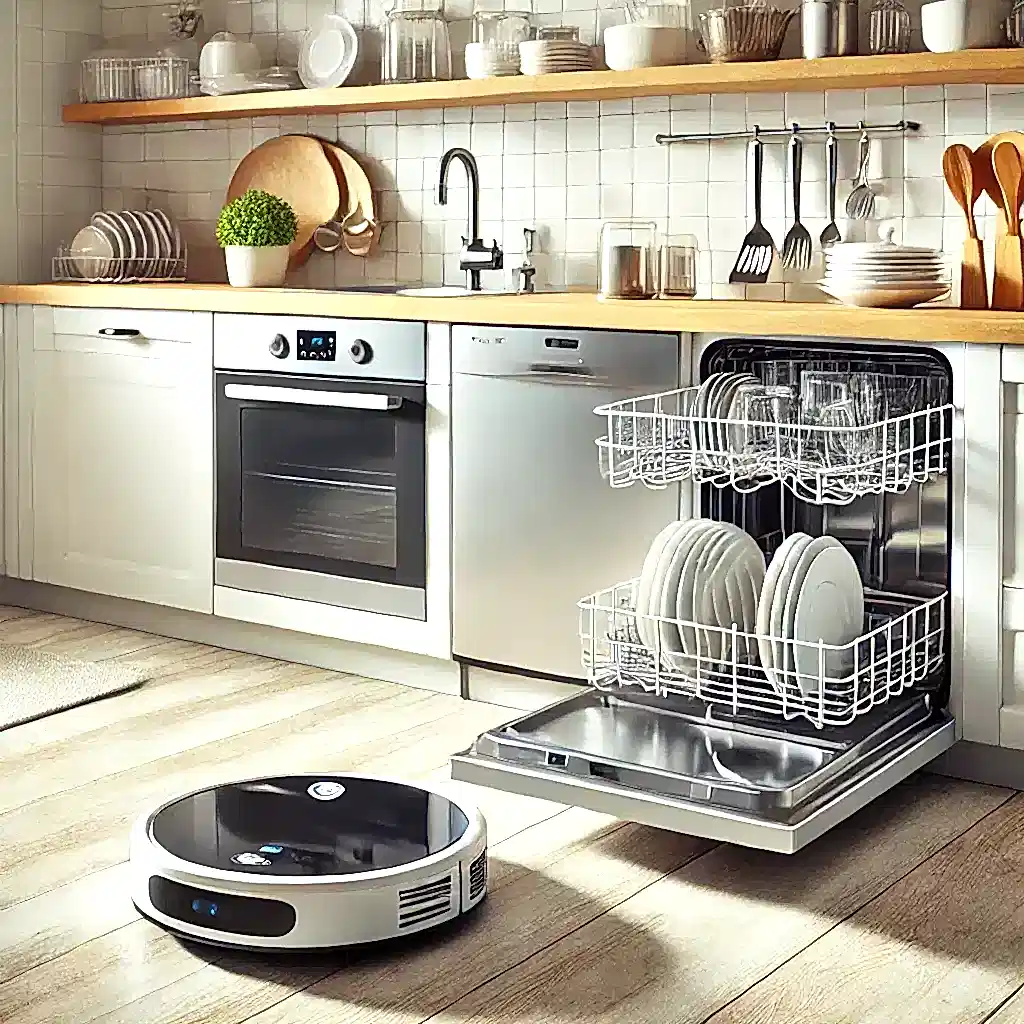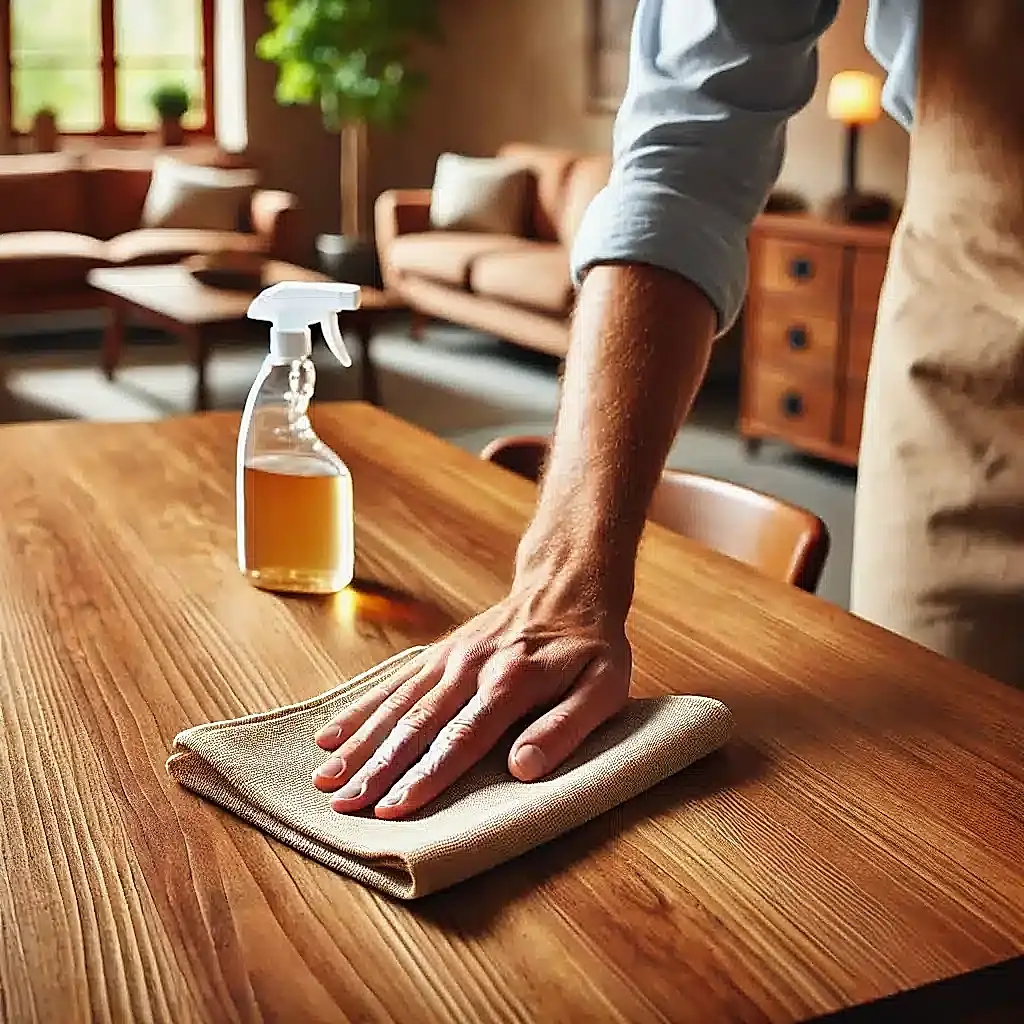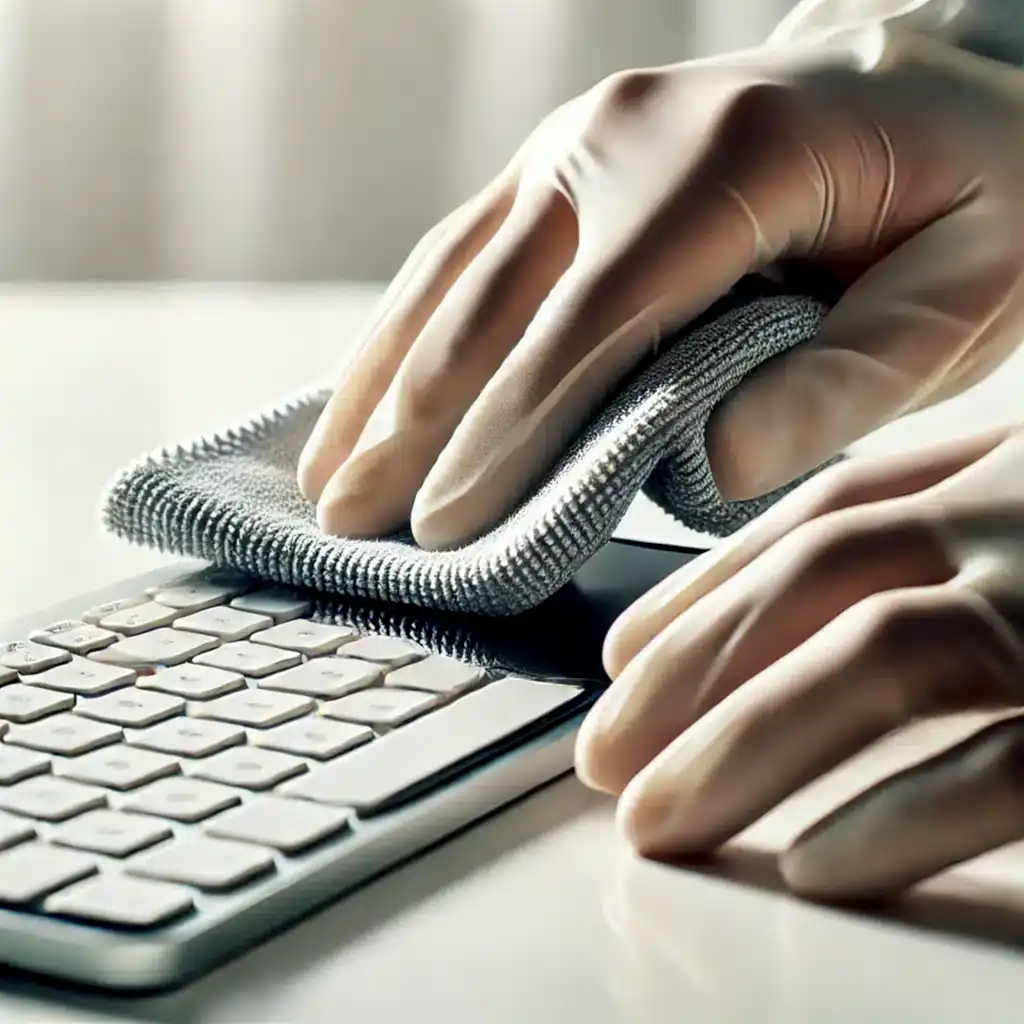January Cleaning Checklist: Removing Snow, Slush, and Ice Indoors
Winter brings plenty of challenges when it comes to keeping your home clean. Snow, slush, and ice can easily be tracked indoors, leading to wet floors, salt stains, and potential slip hazards. To maintain a clean and safe space, follow this January cleaning checklist to keep your home in top condition. 1. Place Heavy-Duty Mats and Boot Trays at Entrances Preventing snow and slush from spreading inside starts at your entryway. Placing heavy-duty, absorbent mats at all doors will help trap moisture and dirt before they enter your home. A good combination includes a rough-textured mat outside to remove excess snow from shoes and a super-absorbent mat inside to soak up any remaining moisture. Boot trays are another essential tool for January cleaning. These trays collect water and debris from shoes, preventing puddles and dirt from spreading onto your floors. They also help keep footwear organized, making your entryway look neater and more welcoming. Regularly cleaning and drying these mats is key to their effectiveness. Shake out mats daily, vacuum them weekly, and wash them as needed to ensure they continue to do their job. A well-maintained entryway setup will significantly reduce the amount of snow and slush tracked indoors. 2. Regularly Mop and Dry Floors Moisture buildup from snow and slush can create slippery and hazardous conditions. Using a microfiber mop or an absorbent cloth to wipe up water immediately helps prevent slips and falls. The key to effective mopping during January cleaning is frequent maintenance and using the right cleaning tools. Salt and dirt buildup can cause long-term damage to floors. A damp mop with warm water and a mild detergent can help remove grime without harming your flooring. Avoid using too much water, as excess moisture can seep into cracks and cause warping or mildew. To keep floors completely dry, follow up mopping with a dry microfiber mop or towel. This extra step ensures no lingering moisture remains, reducing the risk of slip hazards and maintaining the overall cleanliness of your home. 3. Remove Salt Stains from Floors and Carpets During winter, salt is commonly used to melt ice and prevent slipping outdoors, but it can also create stubborn stains on floors and carpets. These white, powdery marks can dull the appearance of your flooring and cause damage if not addressed promptly. To remove salt stains effectively, mix warm water with a few drops of dish soap and apply the solution to the affected area. Use a microfiber cloth or a soft brush to gently scrub the stains. Avoid using excessive moisture, especially on carpets, to prevent water damage or mold growth. For carpets, blot the stained area with a damp cloth, then use a dry towel to absorb any remaining moisture. Vacuuming regularly also helps prevent salt buildup. Making salt stain removal a key part of your January cleaning routine will keep your floors looking fresh all season. 4. Vacuum and Deep Clean Entryway Mats Entryway mats collect significant amounts of dirt, salt, and moisture during winter. Regular vacuuming helps keep them effective at trapping debris before it spreads throughout your home. Using a HEPA-filtered vacuum ensures dust and allergens are efficiently removed. For deeper cleaning, shake out mats daily and wash them weekly with warm water and mild detergent. Allow them to air dry completely before placing them back at the entrance to avoid mold or mildew growth. Maintaining these mats ensures they continue to function properly in your January cleaning efforts. Another useful tip is to rotate mats if you have extra ones available. Swapping them out allows them to fully dry between uses, keeping your entryway consistently clean and dry. 5. Wipe Down Doors and Walls Near Entrances Snow and slush often splash onto doors and walls, leaving streaks and dirt marks. Keeping these surfaces clean is an important yet often overlooked part of January cleaning. Regular wiping prevents grime buildup and maintains a polished appearance. Use a damp microfiber cloth or a gentle all-purpose cleaner to remove dirt from doors and walls. For stubborn stains, a mixture of warm water and mild detergent works well. Avoid harsh chemicals that could damage paint or finishes. Pay attention to high-touch areas like door handles and frames, which tend to collect dirt quickly. Regular cleaning of these surfaces ensures a welcoming and hygienic home environment, even during the harshest winter months. 6. Maintain Indoor Humidity Levels and Heating Vents Keeping indoor humidity levels balanced is essential during winter. Excess humidity can lead to condensation, which may cause slippery floors and mold growth. On the other hand, overly dry air can make dust and dirt more airborne, contributing to respiratory issues. Using a humidifier can help maintain the right humidity levels, making it easier to manage indoor air quality. If excess moisture is an issue, a dehumidifier can help prevent condensation from forming on floors and windows. Regularly cleaning heating vents is another crucial aspect of January cleaning. Dust and debris can accumulate in vents, reducing efficiency and circulating allergens. Vacuum vents weekly and replace air filters as needed to keep your home’s air clean and fresh. 7. Keep Entryways Dry and Safe A dry and well-maintained entryway is key to preventing accidents and keeping your home clean. Snow, slush, and ice can make floors slippery, increasing the risk of falls. Implementing a strict drying routine will help minimize hazards. After wiping up moisture, using a dry towel or squeegee to remove excess water ensures a safe walking surface. Keeping towels or extra mats near the entrance can also help absorb unexpected wet spots quickly. Regularly inspecting entryways for water buildup and addressing it immediately keeps your home safe and presentable. This final step in your January cleaning checklist ensures a comfortable and hazard-free environment throughout winter. Let Toronto Shine Cleaning With Your January Cleaning! By following this January cleaning checklist, you can effectively manage snow, slush, and ice indoors while maintaining a safe and clean environment.
January Cleaning Checklist: Removing Snow, Slush, and Ice Indoors Read More »

